Ridgeview Schools
Introduction
Text-to-speech Audio
Images
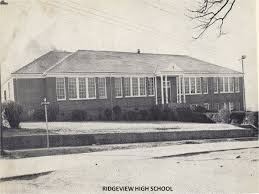
Old Gym
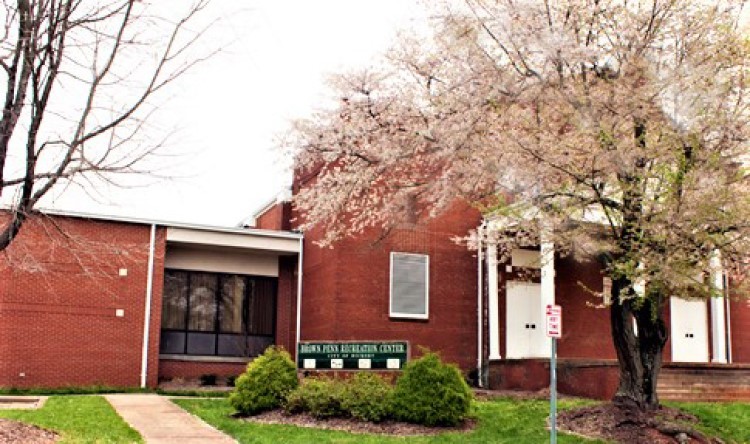
Old Cafeteria Complex
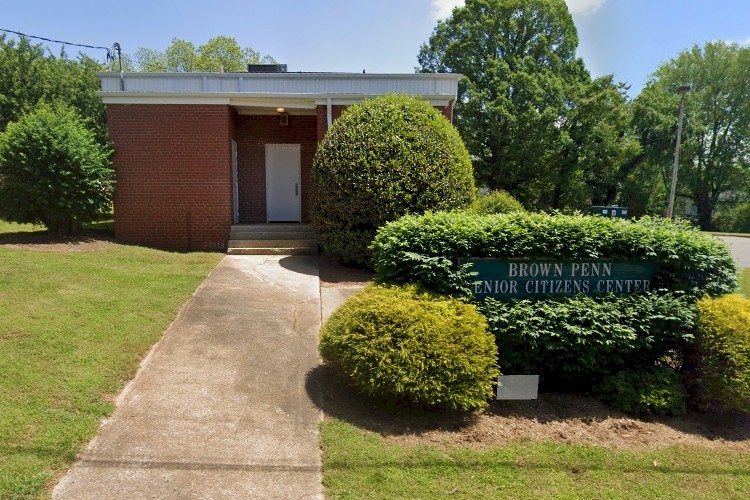
Ridgeview Teacher Mrs. Thomas
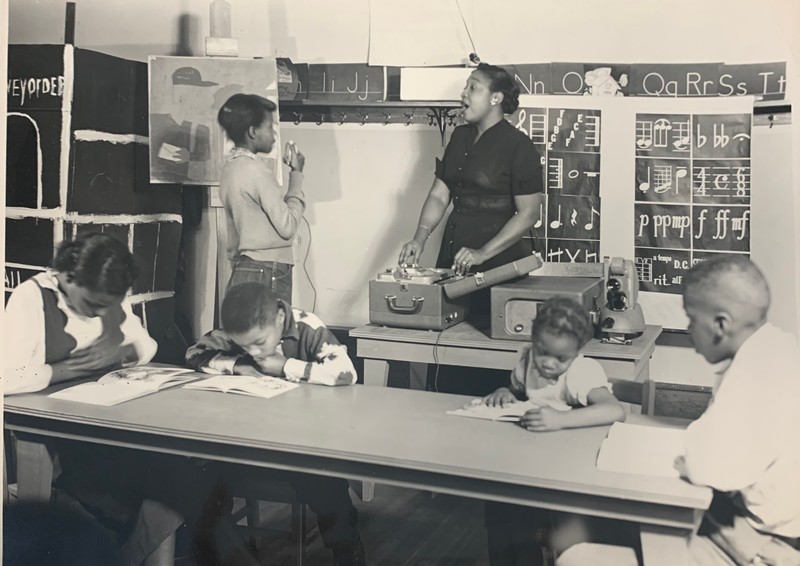
Mrs. Peoples' Classroom
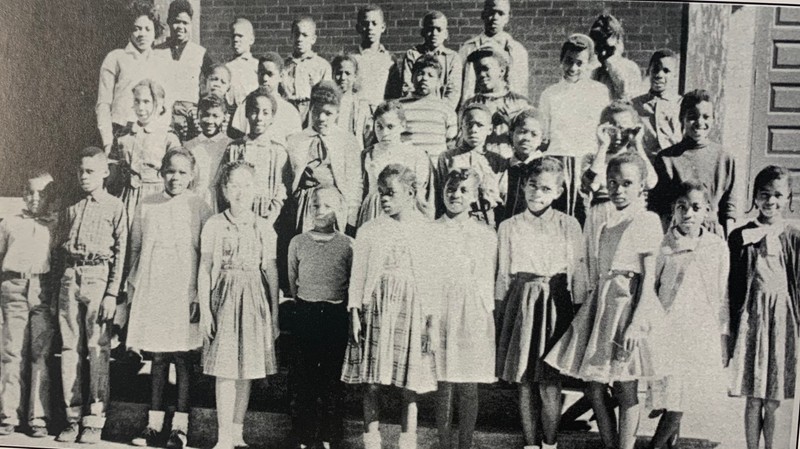
Historical Marker
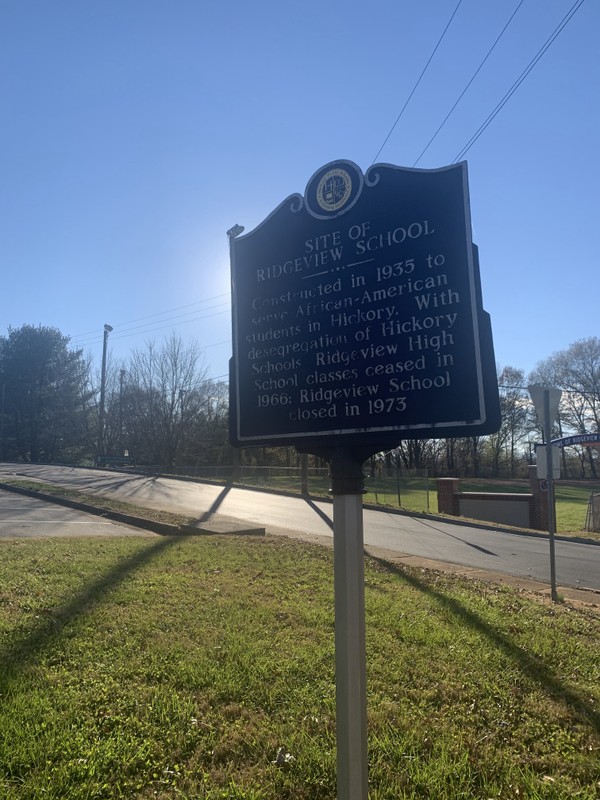
Backstory and Context
Text-to-speech Audio
"By the Ridge of Blue Top Mountain
stands dear Ridgeview High.
Whose fame and ho-nor ev-er mounting,
nev-er ne'er will die,
Ridge-view Ridgeview Al-ma Mater,
your sons and daughters are true.
Long as the sun sinks o'er yon mountain,
we'll cheer the orange and blue."
Ridgeview was one of the few Black schools in the area. Although it quickly became overcrowded, it remained a sense of pride. Black students around the Hickory area had to walk through busy roads, outside of city limits, and harsh weather to get to one of the few Black schools. Two other Black schools were in Catawba County, but lack of bus transportation and sub-standard work in grades ninth and tenth grade allowed Ridgeview to become the top Black school in the surrounding area. Before 1938 the school only held academic courses but soon became accredited in carpentry, masonry, secretarial sciences, and home economics. Plans of growing the school halted as World War II progressed. Even as the war progressed and some projects slowed, enrollment grew. From 1933 to 1946, high school teachers rose from 6 to 15, enrollment increased from 133 to 338, and improvements eventually continued. Additional buildings, better teaching materials, a new lunchroom, and more extracurricular activities like sports and band were introduced.
In 1964 the Community Relations Council assembled and pushed for integration. However, the issue kept being moved back, and there were no promises of integration, but for the study of the supposed educational inequity between segregated schools. Businesses in Hickory continued to integrate, but the public school system did not. By 1966 no Black parents had challenged the school system to admit their child into a white school. Druella Sudderth Hartsoe did challenge the school system, and her daughter, Mabel Irene, entered the all-white Hickory High, sparking school integration in Hickory. Black students continued to integrate into Hickory High and Claremont Central High, with hopes of a better education. They received newer equipment and smaller classrooms but were met with rampant racism. Ridgeview students left a building less than ten years old for a building built in the 1920s. Catherine Sudderth Tucker advocated for school integration in the 1960s but later felt deceived; as students went to other schools, Ridgeview’s sense of community ceased. Black students left comfortability in hopes of betterment but were met with marginalization.
In 1972, Hickory built a new Hickory High School, but white privilege played a considerable role in shaping public memories. Claremont High School turned into the SALT Block, which contains a science center, art museum, Western Piedmont Symphony, Hickory Choral Society, and United Arts Council. Most of the Ridgeview campus was torn down, with only the elementary school building, gym, and cafeteria complex remaining. The school’s dissolution led to many families leaving the Ridgeview area, causing many local businesses to close. As of 2020, the remaining buildings of the schools are still in use. The elementary school now houses a childcare facility, the gym is a recreation center, and the cafeteria complex is a senior citizen center.
Sources
Broome, Taft H. “The Negro in Catawba County.” Interview by Phairlever Pearson. March 1949.
Latta, Major J.L. “History of Hickory’s Public System Traced by Maj. Latta.” Hickory Daily Record, February 26, 1938.
SALT Block Foundation. “Welcome.” Accessed December 9, 2020. https://www.saltblockfoundation.org/.
Thuesen, Sarah Caroline. Greater than Equal: African American Struggles for Schools and Citizenship in North Carolina 1919-1965. Chapel Hill: University of North Carolina Press, 2013.
Tuttle, Steve. “Ridgeview Bids Opened.” Hickory Daily Record, February 2, 1977.
Ridgeview High School Panthers Alumni and Friends' Facebook page. Accessed December 10, 2020. https://www.facebook.com/Ridgeview-High-School-Panthers-Alumi-and-Friends-Hickory-NC-195526220462392/.
"Recreation Centers." Hickory NC. Accessed December 3, 2020. https://www.hickorync.gov/recreation-centers.
"Recreation Centers." Hickory NC. Accessed December 3, 2020. https://www.hickorync.gov/recreation-centers.
"Mrs. Tennie Thomas." Ridgeview High. March 18, 1952.
Ridgeview Schools. The Panthers 1946-1966 Yearbook.
Photo by author
